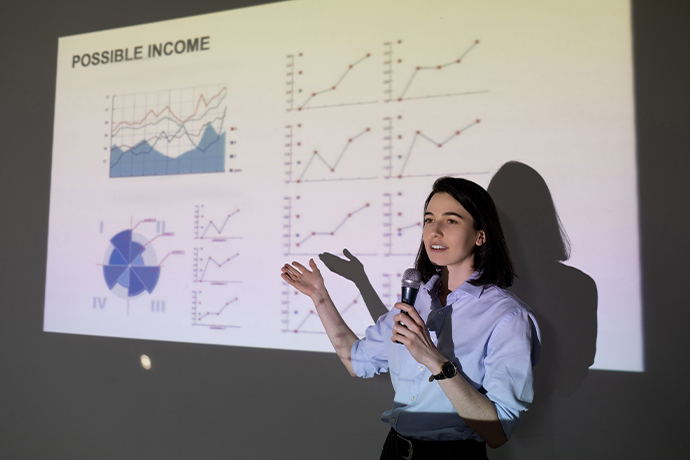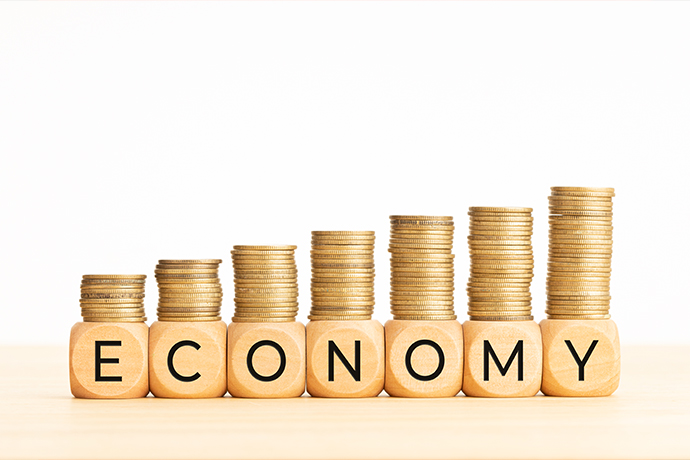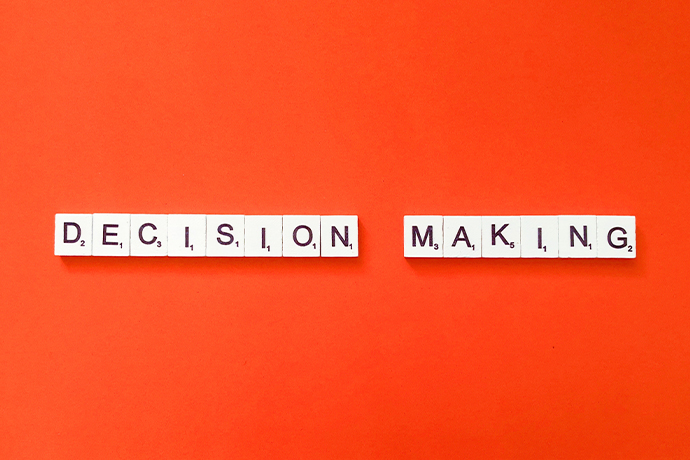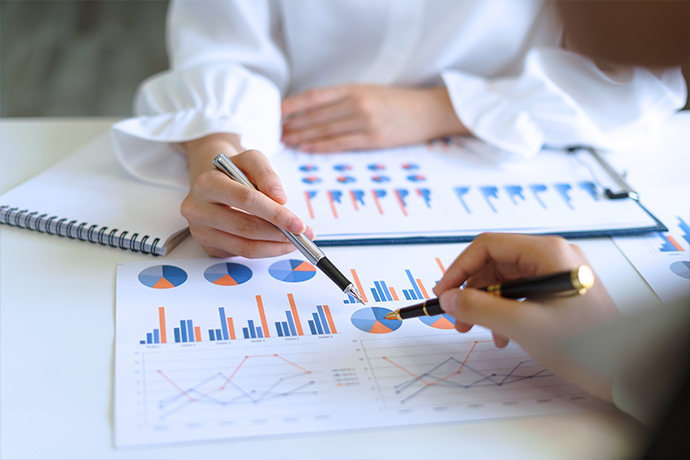 SPEAKERS
SPEAKERS
Understanding decision-making processes is crucial. Behavioral economics challenges the notion of purely logical choices, recognizing psychological influences.

We make decisions daily. Some are big, others small. Do you know when you have made the best choice?
Knowing how we process information to make decisions is essential. It helps us streamline all areas of our lives, including finances.
Behavioral economics is the field of study that examines our financial decisions. It challenges the older traditional economic assumption that humans always make logical decisions, pointing out that psychology plays a role.
Here, we’ll take an in-depth look into how behavioral economics operates. We’ll also give you examples so that you’ll understand precisely how it applies in our day-to-day lives.
Let’s begin.
The simplest behavioral economics definition is how psychological aspects influence how we spend and use financial resources.
This field differentiates itself by withdrawing the assumption that humans are purely logical. It also adds that beyond logic, our biases, feelings, and thoughts have a part to play.
Have you ever wondered why you buy things yet you never use them?
Well, behavioral economics has a few reasons why that might be!
One explanation is that our brains take shortcuts. They create these shortcuts by using your feelings, unconscious bias, and thoughts.
Here are some behavioral economics principles that may influence how you spend;
Think about the last thing you bought online. Did the pretty images and tantalizing words get you to buy?
The principle of framing applies to product displays or presentations. Digital media framing uses high-quality imagery, deliberate keywords, and phrases that draw viewers in. Physical stores use framing when displaying their items, too. A clothing store frames a pair of trousers on a mannequin.
Remember the shortcuts your brain takes? That is a behavioral economics principle called heuristics.
Heuristics help your brain save time and effort by examining details you assume you already know. The problem with always taking this route is that you may miss out on a better, more exciting opportunity and experience.
For instance, heuristics may lead you to ask for the same food at a restaurant when you could have something better.
Losing never feels good. But sometimes, it might be necessary!
Here is a practical example:
You are in a lousy job that drains your life. But because you are afraid of exploring a better one, you stick around. Loss aversion is this principle of sticking around because it’s what you know.
Unfortunately, when you have this same fear about finances, you can make decisions that harm you more than benefit you.
This behavioral economics principle underscores that sometimes audiences influence market trends. Remember the tissue paper incident during the pandemic, when everyone went buying piles they didn’t need?
This is an example of market insufficiency. No one needed all that tissue, and there was still plenty for everyone. Buying with this mentality can cost you.
We’ve all been there:
You invest in something, perhaps a business or course. After a while, the company stops making profits because you sell items with low demand. Or the course is outdated and has no job prospects.
The smart move is to close the business, invest elsewhere, and find another course with better job opportunities.
A cost-sunk fallacy occurs when one accepts reality, takes the losses ( the sunken cost), and moves on!
This principle encompasses budgeting.
It is the separation of funds into different buckets for specific purposes. Although this is a smart move, you may make bad decisions. For example, you may spend your fun cash in the first week, leaving nothing for the rest.
This frustrates you even though you can still access other funds in other buckets!

This theory highlights how psychology influences decision-making. It helps us gain a better perspective on our buying habits, consequently helping us develop better habits.
Here are a few behavioral economics examples;
The Nudge theory involves a seller making small suggestions during framing. For example, an automotive company may nudge you into buying a car by framing the product with incentives. For instance, they could mention offering free yearly services or something else.
The nudge is to get you to buy without feeling forced. It makes the deal sweeter. Now, this works for many merchants, but only sometimes.
One, only some people need a car.
Two, not everyone can afford a car.
Third, a buyer might have more information on the purchase and prefer another seller.
This means that the nudge theory is only guaranteed to work sometimes!
Remember that high school or college test you spent all night cramming for?
When your classmate asked if you were confident, you answered no! You used this behavioral economics example to manage expectations; suppose you failed!
A market anchor works similar to a boat’s. It keeps you stable in one place, and this is how it goes;
When you buy something on offer, the anchor is the original price compared to the discounted price. For example, a 15% off a pair of shoes selling at $150 while the original price is $200.
Anchoring aims to make buying at a discounted price feel better.

It's simple:
The psyche is that you are emotional, influenced by trends and your thoughts.
Once you grasp the entirety of behavioral economics, it helps you make better financial decisions.
Behavioral economics highlights why we buy and the thought processes that go into it. It is the framework that brands and individuals use to get you to make a purchase. Anchoring and nudging are ideal examples. As the academic self-handicap example, behavioral economics is also a means of self-preservation.
These instances show us that we are only sometimes logical. But we are influenced by our thoughts, environments, and emotions.
So the next time you buy something on offer, ask yourself, do I really need it? Or am I just falling right into an anchoring trick?
